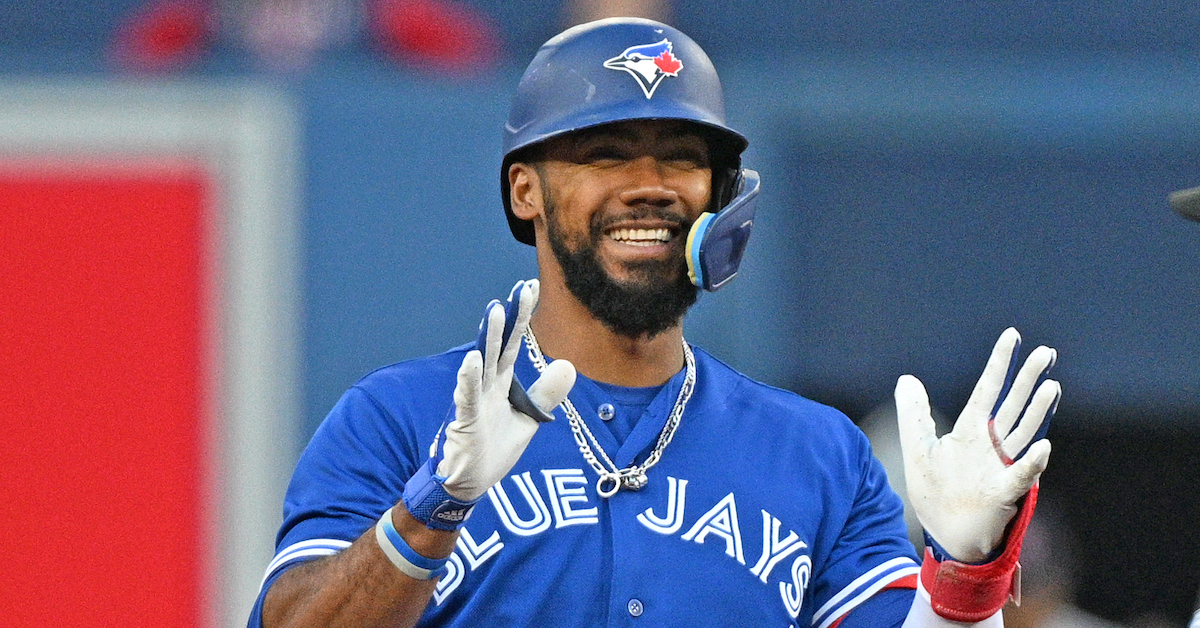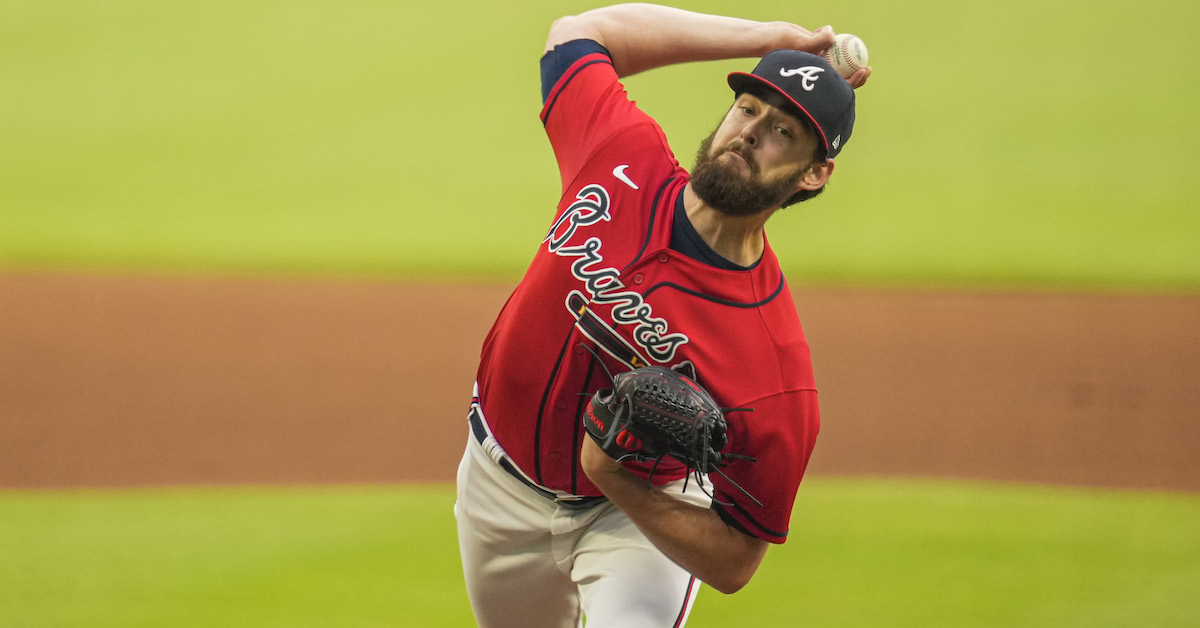Sunday Notes: Revisiting Jordan Lyles, Who is Winning With The Orioles
The Baltimore Orioles were nine games under. 500 when I talked to Jordan Lyles in late May, and they were only a smattering of games better when the veteran right-hander was featured here in Sunday Notes on June 26. Not much changed over a month’s time. Moreover, most signs pointed to the rebuilding Birds’ going on to have a sixth straight losing season.
A revisiting of what I wrote seven weeks ago is in order. Not only has Baltimore morphed into one of baseball’s hottest teams, the crux of that column was Lyles’s bad-club background. Now in his 12th big-league season, the journeyman hurler came into the current campaign having never played a full year with a team that finished above .500.
That might be about to change. With 24 wins in their last 33 games, the Orioles went into last night with a record of 59-53, in third place in the American League East and in possession of the final wildcard slot. Earlier this week, I asked Lyles about the team’s unexpected ascent in the standings.
“When we talked, there was a different atmosphere around our ball club, our clubhouse,” said Lyles. “Things definitely turned around and got moving in a better direction for us. It’s been a joyful ride. It’s been fun to see these young guys start to grow, and to grow quickly.”
Amid that growth, the Orioles front office saw fit to take one step backward in hopes of taking two steps forward. In moves that weren’t well-received by much of the fan base, Baltimore traded Trey Mancini and Jorge Lopez. On back-to-back days, an impact bat and a closer departed town in exchange for a further influx of promising, yet mostly-unproven, talent. Read the rest of this entry »








